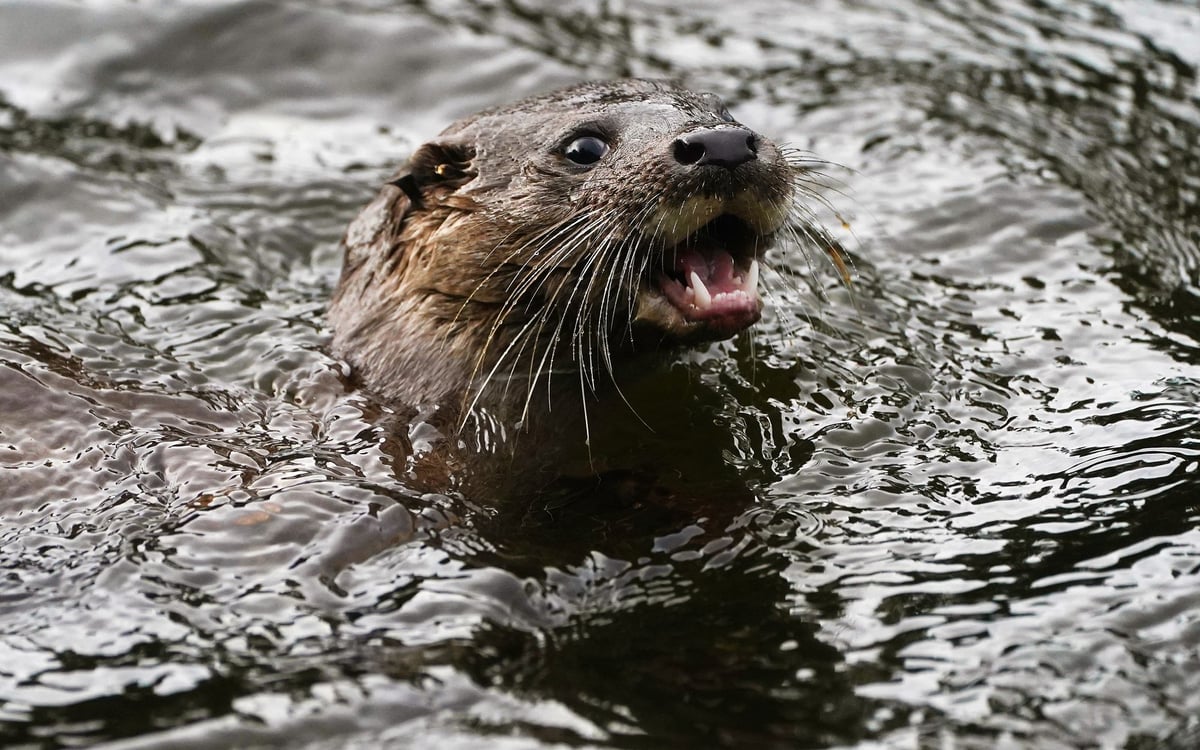Copyright scotsman

From the tallest tree to the tiniest microorganism in the soil, Scotland’s nature really matters. When nature is healthy, people are happier and healthier too. We love nature, and we depend on it for everything from clean air and water to the food we eat. Not least, we rely on insects to pollinate many of our essential food crops. Nature is also our first line of defence against climate change. Healthy ecosystems on land and in the sea will store carbon, limiting the rise in global temperatures, and they’ll make us more resilient to the changes that are already happening, providing us with shelter and shade and limiting flooding and soil erosion. Nature is vital to the economy too. According to the Scottish government, nature contributes more than £40 billion and supports around 260,000 jobs. We know that Scotland’s nature is in serious trouble, with one in nine species at risk of extinction. This decline has been happening over centuries but picked up speed and scale in the twentieth century. Farmland birds, such as kestrels and lapwings, and upland birds including curlew and dotterel, have all decreased by more than 60 percent since 1995. Scotland’s seabirds have halved in number since the 1980s. What’s more, nature is fragmented. Natural habitats are getting smaller and more isolated. Some plants in our woodlands and uplands are too far apart to be able to produce seed. But here’s the good news: we know how to fix this problem. Between us, Scotland’s scientists, government agencies, environment charities, farmers, foresters and local communities have the necessary knowledge and expertise to help nature recover and thrive. In fact, there’s more good news: nature itself is on side. It wants to recover. By which I mean, living things will generally do anything they can to survive and thrive, and when we create the right conditions, nature’s capacity for recovery is truly amazing. In some places, for some species, we’re doing it. We’ve brought red kites back to our skies and otters and salmon back to once polluted rivers. In projects across the country, people are restoring rivers, peatlands and native woodlands, and returning seagrass and native oysters to our coastal waters. We’ve embarked on a few long-term regional-scale projects, such as Cairngorms Connect which aims to restore habitats and species across a vast area over 200 years. But still, the overall trend is of alarming loss and destruction. We know we need to restore nature on a much bigger scale, but how can we make it actually happen? Frustrated by the lack of progress, Scotland’s environment charities have for many years called for legally binding targets for nature recovery. When a task is big, long-term and complicated, as this one undoubtedly is, targets and deadlines are often what drives effective action. When there’s so much to do, focusing on clear goals and measuring progress against them helps to concentrate minds and prevent more immediate demands from eclipsing those long-term aims. Over the past two decades, the Scottish government has produced a series of plans aimed at restoring biodiversity. But these have had no legal force, and they’ve failed to turn the tide of loss and destruction. Without the ‘stick’ that legal targets provide, nature was never on the government’s priority list. This could be about to change. The Natural Environment Bill, to be debated by MSPs in the Scottish parliament on 30 October, would require ministers in the Scottish government to set nature recovery targets. The targets would be legally binding, like Scotland’s climate targets. While these have not always been met, and indeed were revised down last year, they’ve undeniably had a huge impact on our progress. Without statutory climate targets there’s no way Scotland would have reduced greenhouse gas emissions to the extent we already have. Likewise, our child poverty targets have led to the Scottish Child Payment scheme, a significant investment. The targets proposed in the Natural Environment Bill would apply to future Holyrood governments regardless of the political parties involved, and ministers would have to report on their progress every three years. Crucially, the public would be able to see the extent to which the targets were being met, and hold government to account. We’ll need targets focused on increasing wildlife populations and their distribution on land and at sea, increasing the extent and quality of habitats, tackling the drivers of biodiversity loss, and strengthening the connectedness and resilience of Scotland’s ecosystems. Helping nature recover is not an easy task, but it’s absolutely an achievable one. As well as targets we’ll need committed leadership, funding, and support for communities to restore their local environments. But setting targets is what will drive those vital elements. What happens now will determine the kind of country Scotland becomes for future generations. Let’s make it a country where everyone has access to thriving local nature, where our fields are full of pollinators, where native woodlands are regenerating, wildlife is flourishing, and our rivers and seas are teeming with life. It’s hard to imagine a more important task than restoring nature, which sustains our very lives and is our only home. By supporting real action and meaningful targets through the Natural Environment Bill, our politicians can show us that at last, they’re starting to make nature a priority. Deborah Long, Chief Executive, Scottish Environment LINK



